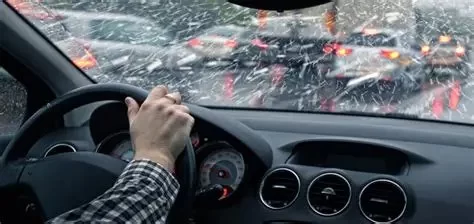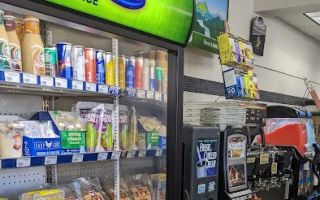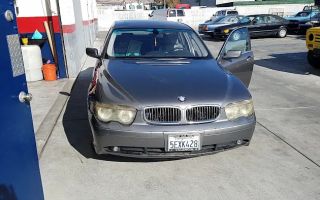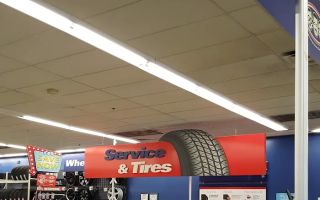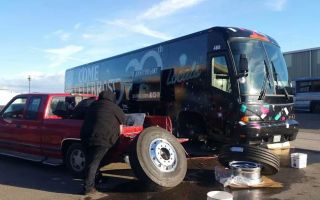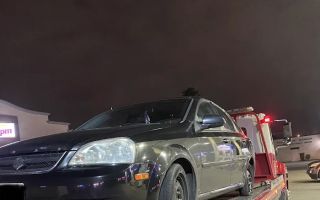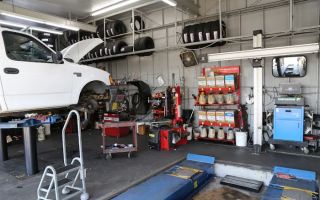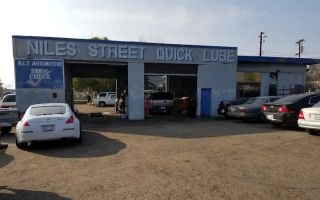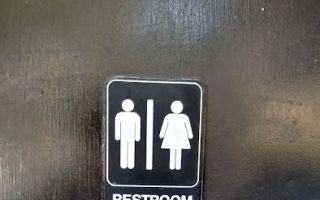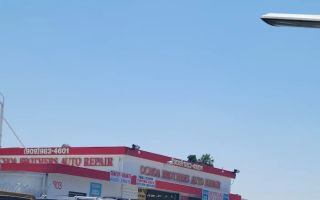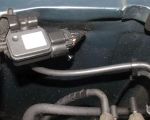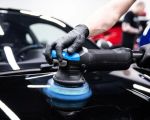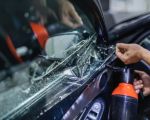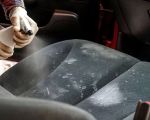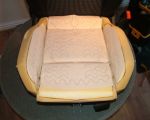Tips for Safe Driving During a Blizzard
- Preparing for a Blizzard
- Driving in Snow and Ice
- Staying Safe in Extreme Winter Conditions
- What to Do If You Get Stuck
1. Preparing for a Blizzard
Driving in a blizzard can be incredibly dangerous, so preparation is key. Before hitting the road, ensure your vehicle is ready for winter conditions. A few simple precautions can make all the difference in staying safe during extreme weather.

AJ's Auto Glass & Detailing
4404 S 84th St, Omaha, NE 68127, USA
1.1 Check Your Vehicle’s Condition
Before the snow starts falling, check the condition of your vehicle. Make sure your tires have good tread and are properly inflated to maintain grip on slippery roads. Consider switching to winter tires if you live in an area that regularly experiences heavy snow. Additionally, check your battery, as cold weather can drain battery life quickly. Ensure that your headlights, wipers, and defrosters are functioning properly to maximize visibility during snowy conditions.

AJ's Auto Glass & Detailing
4404 S 84th St, Omaha, NE 68127, USA
1.2 Stock Your Car with Essential Supplies
When preparing for a blizzard, it’s essential to keep some emergency supplies in your vehicle. A snow shovel, extra blankets, bottled water, non-perishable snacks, and a flashlight can be lifesavers if you become stranded. Also, don’t forget to pack an ice scraper and windshield washer fluid to keep your view clear. It’s better to be over-prepared than to find yourself in a bind with no way to stay warm or hydrated.
2. Driving in Snow and Ice
Once you’re on the road, driving in snow and ice requires special caution and skill. Blizzard conditions can reduce visibility and make roads treacherously slick, so it’s important to adjust your driving habits accordingly.
2.1 Slow Down and Increase Your Following Distance
One of the most important tips for driving in a blizzard is to slow down. Even if the speed limit is higher, driving slower than usual allows you to react quickly to unexpected conditions. Snow and ice can cause your vehicle to slide, so maintaining a safe following distance is also crucial. Keep at least six seconds of space between you and the car ahead to give yourself plenty of time to stop or avoid an obstacle if necessary.
2.2 Use Your Headlights and Avoid Cruise Control
Always turn on your headlights during a blizzard, even during the day, to help other drivers see you. Avoid using high beams, as they can reflect off the snow and impair your visibility. In addition, it’s best to turn off cruise control, as it can make it harder to respond to slippery conditions quickly. Maintaining control of your vehicle is essential, and having full control over the gas pedal is part of that.
2.3 Avoid Sudden Movements
When driving in a blizzard, sudden movements can cause your vehicle to lose traction. Avoid sharp turns, hard braking, or quick acceleration. If you start to skid, steer gently in the direction you want to go and take your foot off the gas pedal to regain control. If your vehicle has anti-lock brakes (ABS), don’t pump the brakes, just apply steady pressure to stop.
3. Staying Safe in Extreme Winter Conditions
When snowstorms reach their peak, conditions can become extreme. In these situations, it’s important to stay as safe as possible both on and off the road.
3.1 Know When to Stay Home
Sometimes, the best thing you can do in a blizzard is stay off the roads altogether. If the weather forecast predicts heavy snowfall or a blizzard is already underway, it’s often safer to delay your trip until conditions improve. Monitor weather reports and only travel if absolutely necessary.
3.2 Stay Inside When Visibility is Low
When visibility becomes severely reduced, it can be nearly impossible to see other vehicles, road signs, or hazards. If you’re driving and conditions worsen, find a safe place to pull over until the storm clears. If you’re already at home, avoid driving altogether until visibility improves.
4. What to Do If You Get Stuck
If you get stuck in a blizzard, it’s crucial to stay calm and take the proper steps to stay safe until help arrives.
4.1 Stay in Your Vehicle
If your vehicle becomes stuck in deep snow or is otherwise immobile, don’t attempt to walk for help, especially if you’re in the middle of a blizzard. Instead, stay inside your vehicle to stay warm and visible. Running your engine periodically can help keep the interior warm, but make sure the exhaust pipe is clear to prevent carbon monoxide poisoning.
4.2 Signal for Help
If possible, signal for help by using your horn or hazard lights to alert other drivers or emergency responders. If you have a cellphone, call for assistance, but avoid using it excessively to conserve battery life. You can also use a brightly colored cloth or a flashlight to make yourself more visible if it’s safe to do so.
4.3 Conserve Energy and Stay Warm
It’s important to conserve energy and stay warm while waiting for help. Bundle up in any extra clothing or blankets you have in the vehicle, and avoid unnecessary movements that could use up energy. If you have non-perishable snacks, eat them to keep your energy up, but avoid eating too much at once.
At Rescue & Towing, we understand that winter driving can be daunting, and we're here to help you stay safe. From emergency towing services to winter driving tips, visit us for expert assistance when you need it most.

